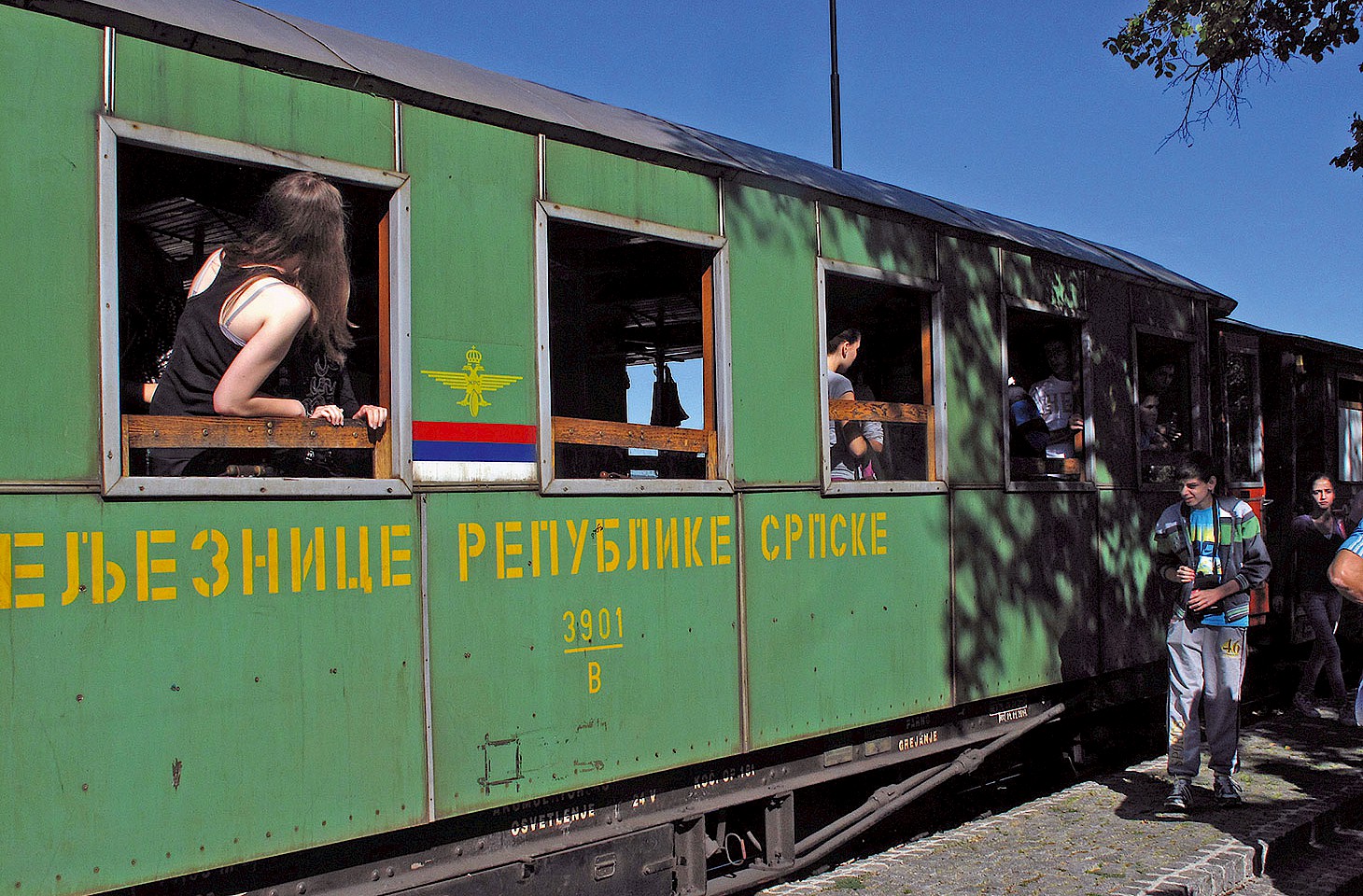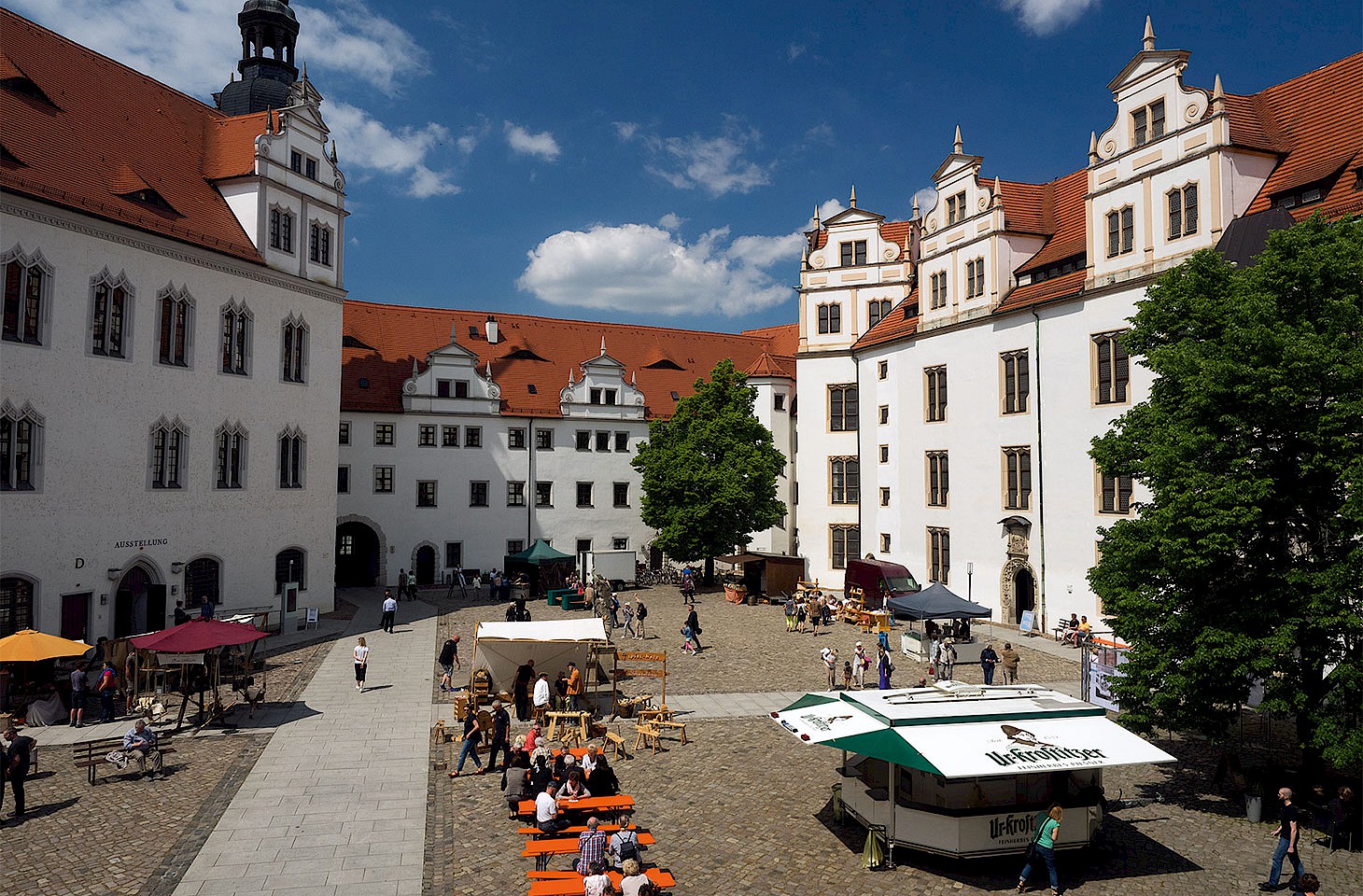Dear fellow travellers
We have been exploring the northern ranges of the Alps this past week, criss-crossing the international border that separates the German State of Bavaria from the Austrian Tyrol. Like many of Europe's borders, this particular frontier has been pretty fluid and there are still some lovely geographical peculiarities. The main rail route west from the German resort of Garmisch-Partenkirchen runs through Austria before regaining German territory. It's a fine ride, offering particularly good views of the Wetterstein range, before slipping into the softer landscapes of the Allgäu.
Yesterday we visited Jungholz. It is a super Austrian village full of Tyrolean character but unusual in that it can only be reached by traversing German territory. The Jungholz mayor Bernhard Eggel presides over a community of some three hundred souls who rely on German rubbish lorries to take away their garbage. We know! Yesterday was dustbin day in Jungholz.
We have crossed the German-Austrian border over a dozen times over the past few days, catching the flavour of villages on both sides of the border. The landscapes on either side of the frontier are broadly similar. The spring Alpine flowers are equally impressive in both German and Austrian meadows. But, for all that, walk into any village in the region and we think it's pretty easy to discern whether you are in Germany or Austria. It is not just a question of street furniture (though road markings, street signs, post boxes and the other paraphernalia of modernity are indeed strikingly different on either side of the border). No, it's more than that. It's a mood, the various turns of phrase used by the locals, the dishes that feature on restaurant menus, even the fences and the haystacks that give the game away and reveal whether the locals look to Berlin or Vienna as their capital.
Of course, these Alpine folk look only very reluctantly and often with great scepticism to any capital. Deferring to Berlin is not in the Bavarian nature. And south of the border, the feisty Tyrolean spirit has ensured that the pretensions of bureaucrats and princes in distant capitals were merely scorned. Not for nothing did the Tyroleans rise up in 1809 in a great insurrection, determined to rid their mountain valleys of foreign invaders. Andreas Hofer, who led the uprising, was executed. The manner of his demise ensured martyr status among the people of Tyrol. Hofer is still much revered today. Houses are decorated with a line or two from the anthem that recalls Hofer's fate.
It is tempting as outsiders to see these communities as quaint spots that have had little impact on the wider world. But think again. Remote they may be, but the villages around the Wetterstein range, some Austrian and others German, have made ripples and even waves. World-class violins from Mittenwald are played across Asia and the Americas. Mittenwald is a gem, in our book easily the most appealing of Germany's Alpine market towns. We marked Pentecost there. We plan to feature Mittenwald and its violins in the next issue of hidden europe magazine.
It has been good to catch the scents of the Alps in spring. Good too to spend time in small communities that have discovered the secret of thriving locally in the global economy. And it was good to be able to criss-cross a border without once being asked to show passports and endure interrogation from officials. That's what Europe is all about. Long may it last.
Nicky Gardner and Susanne Kries
(editors, hidden europe magazine)




